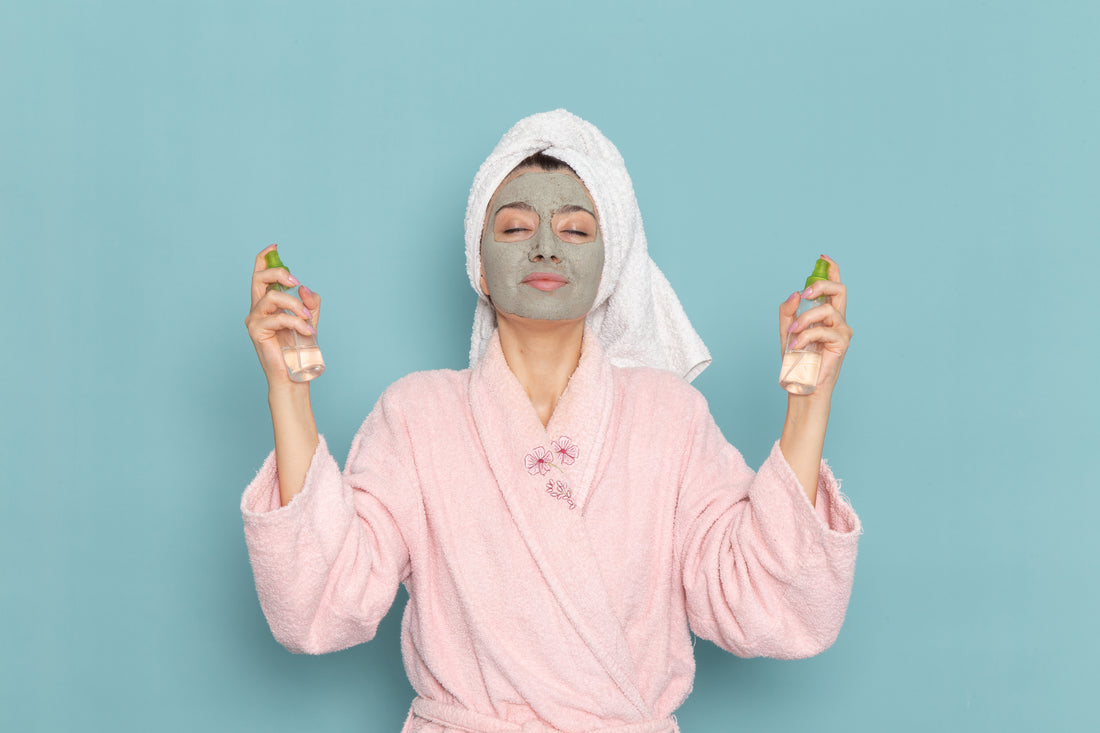Cultural Roots of Beauty: Ancient Rituals Meet Modern Science
Cultural Roots of Beauty: Ancient Rituals Meet Modern Science
Blog Article

The philosophies behind Japanese vs Korean skincare go beyond ingredients—they shape the very mindset of beauty.
Japanese Skincare Philosophy: Simplicity and Prevention
The Japanese skin care routine is rooted in the idea of prevention rather than correction. Instead of aggressively treating skin issues after they arise, it focuses on maintaining balance and supporting skin’s natural function. Think of it like maintaining a clean, organized home—it’s easier to sustain than repair.
Products are formulated to work harmoniously with the skin’s pH, often using gentle, non-irritating ingredients. This is why many dermatologists recommend Japanese skin care for those with sensitive or aging skin. You’ll also notice the minimalist aesthetic reflected in the elegant packaging and simple routines with highly effective products.
Popular Japanese skin care brands like Shiseido, Hada Labo, and Curél embody this philosophy, offering the best Japanese beauty products that nourish the skin from within.
Korean Skincare Philosophy: Customization and Correction
Korean beauty is about being proactive and treating skin concerns with targeted care. It’s common to switch products frequently based on season, mood, or new trends, allowing users to constantly optimize their skincare routine.
The Korean skin care routine embraces the concept of layering—from lightweight essences to ampoules and emulsions—to hydrate and treat the skin at every level. It’s about exploring what your skin loves and giving it maximum nourishment and glow.
K-beauty is built on innovation, and you’ll often find ingredients or technologies here first—like snail mucin, BB creams, cushion compacts, and glass skin serums.
SPF in Focus: Sun Protection in Both Cultures
Sun protection is a major part of any Japanese or Korean skincare routine, and both countries take it seriously—though in slightly different ways.
Japanese Sunscreens: Ultra-Light, Reliable Formulas
Japanese skin care products often include high-quality SPF formulations that feel weightless and dry matte. Brands like Biore, Shiseido, and Skin Aqua offer some of the best Japanese skin care products with broad-spectrum protection that’s ideal for daily wear. These sunscreens are often praised for their watery textures and skin-like finish—perfect for layering under makeup or applying on-the-go.
Korean Sunscreens: Hydrating, Skincare-Infused
Korean sunscreens, on the other hand, often double as moisturizers or treatment products. They are enriched with ingredients like centella asiatica or green tea, providing extra skin benefits along with sun defense. These multi-tasking SPF products reflect the Korean skin care routine’s approach of combining steps for maximum efficiency.
Both are excellent options, and depending on your skin type or climate, you may prefer one over the other—or mix both into your regimen.
Makeup Compatibility: Which Skincare Works Better Under Cosmetics?
A hidden benefit of choosing the right skincare is how it helps your makeup sit better on your skin. Here’s how both systems compare when used as a base layer for cosmetics:
Japanese skin products are typically lightweight, matte, and fast-absorbing, providing a smooth canvas for makeup. This is why many makeup artists prefer Japanese beauty products for prepping the skin, especially for oil-prone or combination skin types.
Korean skincare tends to leave a dewy, glowy finish due to the hydrating and emollient-rich layers. While this is great for a fresh-faced, luminous look, it may need setting powder or matte foundation for long wear—especially in humid climates.
Your choice between Japanese vs Korean skincare here depends on your makeup style: matte and polished vs dewy and radiant.
Ingredient Sensitivities: Know Before You Try
It’s important to remember that not all skin reacts the same. While both routines offer gentle options, being aware of common allergens or active ingredients helps you choose better:
Japanese skincare usually avoids heavy fragrance and focuses on sensitive-skin friendly ingredients like rice extract, squalane, and green tea. This makes it a good choice for eczema-prone or reactive skin types.
Korean skincare, while innovative, sometimes includes essential oils, fragrance, or fermented ingredients that may not suit everyone. However, there are many brands like Cosrx and Klairs that offer hypoallergenic, fragrance-free formulas.
Patch testing is always recommended before starting any new Japanese or Korean skincare routine.
Skincare for Men: Gender-Neutral Beauty Culture
Another noteworthy element is how Japanese and Korean skincare have both normalized skincare for men. In Japan, shaving rituals and grooming are tied to skincare, and many Japanese skin care brands offer men-specific lines.
In Korea, men’s skincare is a booming market. Male idols and K-pop stars have helped erase the stigma around self-care for men, leading to a rise in gender-neutral skincare. From toners to BB creams, male consumers are fully part of the beauty conversation in both countries.